
April 13, 2017
Economic Stability and the New Creative Class
A discussion, with attendees and three invited guest professionals, about the nature of human centered designs and creation of dynamic urban spheres.
For the third year Metropolis’s publisher and editor-in-chief Susan S. Szenasy has been moderating a series of discussions with industry leaders on key issues surrounding human-centered design. On August 17, 2016, she talked with ZGF architects who invited a physician, a developer, and a business developer in Portland, OR. The group focused on the principles for making creative, dynamic cities. What follows is an edited transcript of the conversation.
Susan S. Szenasy, publisher/editor in chief, Metropolis magazine (SSS):
We’re in Portland today to examine ways creative people contribute to the city’s economic wellbeing and what attracts them to this Pacific Northwest city in particular. Let’s start with psychiatrist Dr. Childers.
Dr. Ann Childers, psychiatric physician, Life Balance Northwest (AC):
My experience with creative people is that they tend to be environmentally aware. Fortunately for Oregonians, many with creative talents and aesthetic appreciation are drawn to the natural beauty of the Pacific Northwest. Vast natural spaces inspire creativity and freedom of thought. Our relationship to, and appreciation for, Oregon’s varied environments, ranging from alpine to ocean, inspire us to preserve our surrounds through innovations designed to promote environmental sustainability in food sources, housing materials, and more. I think Portlanders strive for authenticity, and to establish a real connection to where we live. This is just part of what we offer creative people.
SSS:
Amy Jarvis talk to us about sustainable design and how scientific research has helped further your work.
Amy Jarvis, associate, sustainable design analyst, ZGF Architects LLP (AJ):
We’ve always known, intuitively, that it’s much nicer to be in an office with access to daylight and fresh air but now we have science that says, “By the way, these things are actually much better for productivity.” I’ve also looked at thriving, lower energy health care facilities in Scandinavia, where unlike here, they can have operable windows in patient rooms. If, for instance, a scientific study was able to prove that windows are beneficial for certain patients, we might see changes in building codes. Unfortunately, projects often can’t afford the time it takes to change building codes, so individual projects cannot make as much progress as we might like.
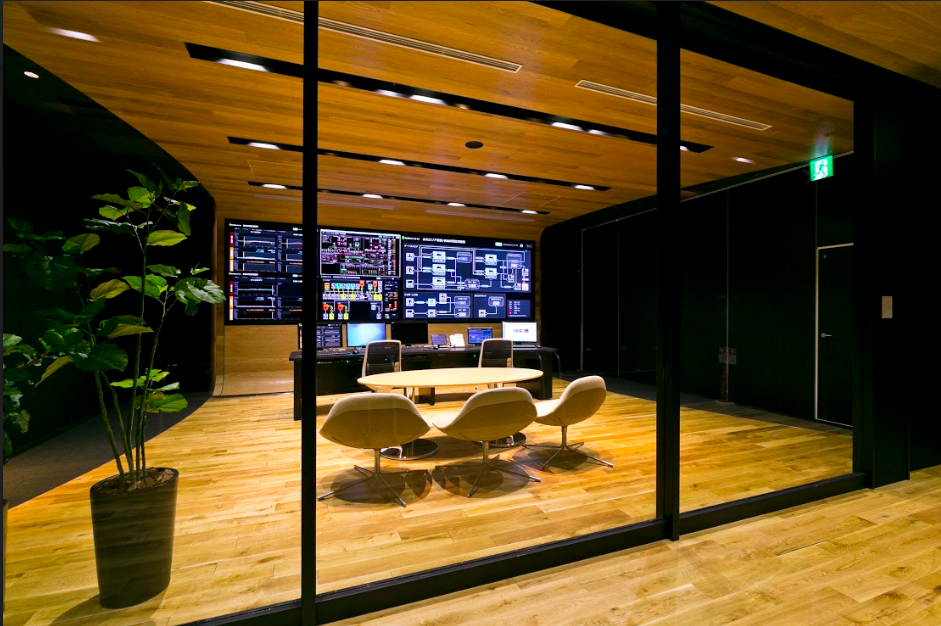
BUILDING CODES AND THE QUALITY OF BUILDINGS
SSS:
There is no question in my mind that updates to codes are essential in creating the next phase of buildings. Let’s turn to developer, Brad Malsin. What’s your take on building codes and their impact on construction projects?
Brad Malsin, principal, Beam Development (BM):
I’ve worked on a number of historic buildings in the Eastside that require seismic improvements. In many cases, we decide whether to do a basic job or to do a full seismic retrofit. When a lot of people will use a building, it’s hard to justify not providing a safe structure, but the more we spend, the more we have to charge for the space so it’s hard to find the right balance.
SSS:
We often don’t take into consideration how everybody pays when a natural disaster happens. It’s not just a question for individual developers and architects, but also for cities. How can we change the attitude of who’s responsible and where the money should come from?
BM:
The city is considering legislation that would force buildings to meet certain codes immediately, which would be a game changer for the Central Eastside and Chinatown. We’re struggling to maintain a level of affordability, but meanwhile the vast majority of buildings do not have seismic integrity. I don’t have an answer to that.
SSS:
Mitsu Yamazaki, you work for the Portland Development Commission and also study how Japan responds to seismic risk.
Mitsu Yamazaki, international business development officer, Portland Development Commission (MY):
The majority of seismic upgrades in Japan have been funded through bonds at the national, state, and local levels of government. Bonds borrow from the future to meet goals that take many years to pay off. It can be challenging to work with developers and asset owners who often prefer quicker returns or lower-risk investments. You can borrow from the future to really establish goals and then work with developers to really finance it.
Charles Kelley, principal, ZGF Architects LLP (CK):
When we pursue a community-planning project, we need to figure out how ready the [city administrators] are to think in new ways. They may not have community support to evaluate necessary improvements and establish needed partnerships to help finance them, largely because the community does not value improvements or understand how to equitably share costs with the private sector to make them. The government cannot shoulder all the costs to make meaningful solutions. In the future, I’m certain that communities will need to be capable of supplementing what the government does.
For example, in Japan, transportation systems are always fully loaded one way in the morning from where people live to where they work. Government can capitalize on that prior investment and double the capacity of the rail system. To do so, we recommend that cities create live-work neighborhoods instead of separated employment centers and bedroom communities. Employers, workers, and residents share the costs and benefits of these mixed-use neighborhoods. That’s an eco-district or regenerative concept that we’re starting to see cities implement in Japan. How business interests and community interests imagine sharing costs is critical.
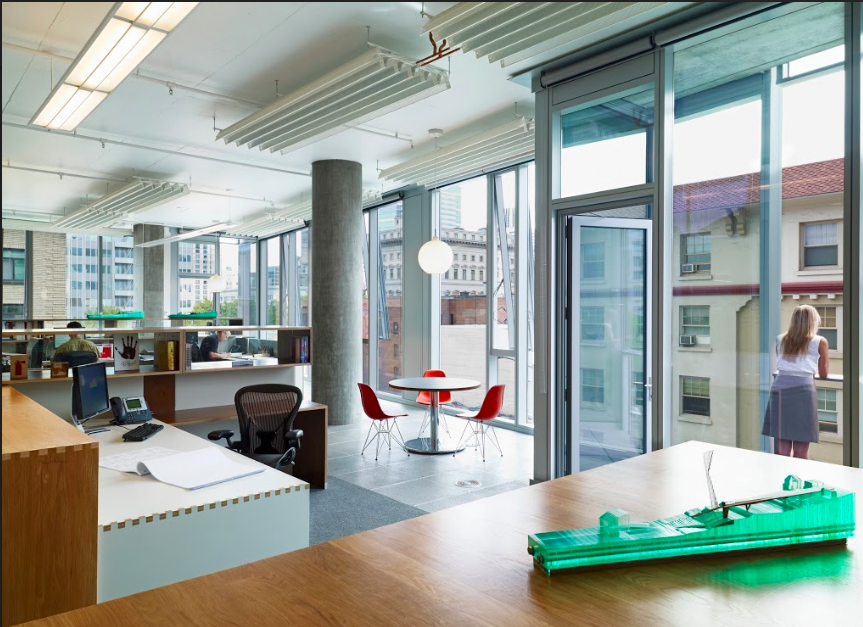
THE JAPANESE CONNECTION
SSS:
The exchange between Portland and Japan is really interesting. Mitsu, can you talk about this dialog and about Pop Up Portland in Tokyo?
MY:
Starting from the late-1800s, there’s a long history of Japanese immigrants coming to Oregon and establishing the West with farming and railroad building. Very recently, there has been a shift in Japanese culture away from a focus on efficiency and mass production. Especially after the long recession of the 1990s and the tsunami and earthquake of 2011, people questioned the status quo of the consumerist lifestyle that ultimately wasn’t making them happy. The idea emerged that they should look to benchmark themselves and learn from others to see what they can do to change. Portland, a place where maker culture coexists with environmental sustainability, surfaced as a source of inspiration.
In 2013, we hosted an event in Tokyo at an 80-person capacity venue, and over 200 people showed up. Charles was one of the speakers, and we realized that there was a mini Portland boom. A year later we started Pop Up Portland, a showcase of Portland-made products, which just had its third year in 2016. Today more and more Japanese companies are becoming curious about developing relationships and opportunities in Portland. They have a genuine interest in Portland as a brand and ethos as well as Portland-made goods and the stories behind them.
SSS:It’s interesting to hear you talk about stories because storytelling is a traditional human enjoyment. What is your take on what you can learn from the Japanese way of building for Portland?
AJ:
On my first trip to Kashiwa-no-ha, a city where ZGF has provided urban planning and visioning, the thing that most struck me was the energy grid. It was one of the most sophisticated energy infrastructures I had ever seen. They had a variety of different sources of energy like biodigesters and solar. The overall design was based on resiliency and the ability to withstand a natural disaster. In this district energy system, the plant operators have a button that, when pushed, reduces demand by a certain amount; people in the district can elect to take that reduction or not. The technology exists for sophisticated energy infrastructure, but the US hasn’t implemented it yet on a large scale. By contrast, the Japanese have made sustainable energy relatively straightforward and accessible.
SSS:
Is there more of a push toward renewable energy there?
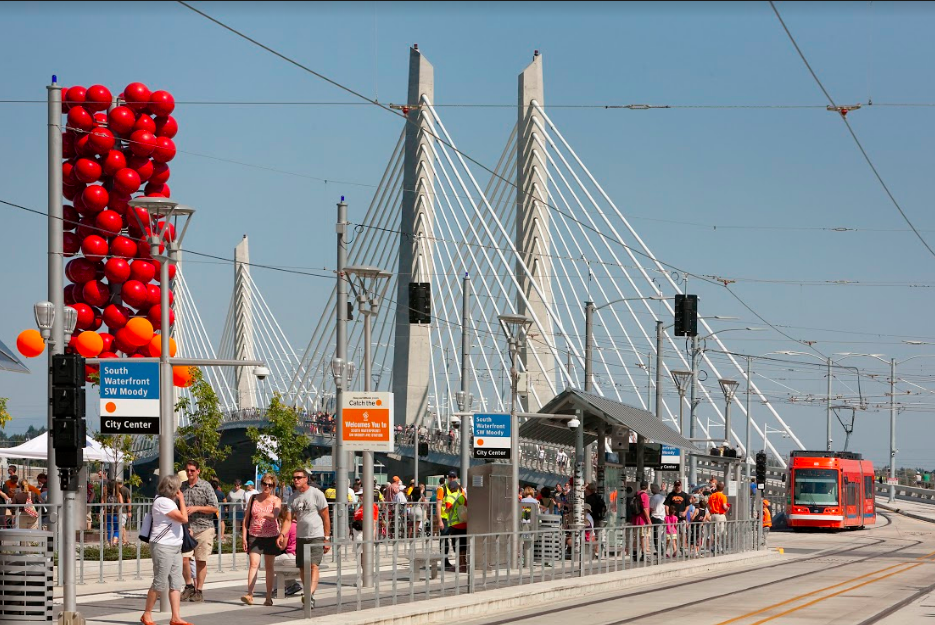
CK:
They shuttered nuclear power plants and dropped their energy by 20% nationally, through a combination of rolling blackouts and energy conservation measures. They replaced much of the nuclear power with imported natural gas and when they use natural gas they get heating and power. The waste heat stream that’s produced by the fuel cells during power generation is captured and reused. It’s like the best of Northern Europe, but recognizing that Japan is an island nation and the resource stream is pretty limited.
They’ve already made the transition to acclimatizing their spaces. There’s a special time of year, for instance, where you don’t have to wear a suit. You can wear short sleeve and not even wear a tie and go to all your meetings. All the room temperatures are about 20% higher in the summer, and in the wintertime, they let you come in with more clothes on. They encourage behavior within broader thermal comfort zones in buildings to save energy. In Kashiwa-no-ha, it’s not just buildings that are comfortable for live, work, and play activities, but outdoor open spaces are now comfortable settings because people are dressed more appropriately to utilize them. They can go outside and work outside when it’s slightly cold because they are dressed appropriately. They’re becoming much more attuned to climate and nature as a part of a strategy to reduce energy-use.
SSS:
Can each of you identify ways that this population is evolving along with the city?
CK:
We have written articles and letters supporting light rail transit as an ingredient to encourage strong communities saying, “Let’s build a city that invites the people we want to live here.” Mitsu and I joke about farming at every scale. You “cultivate” the community you want to be here. They educate you; they educate each other; they form partnerships; they find out what’s meaningful to them and do things with a purpose. The people who are coming are a reflection of the place that they want to live in.

BM:
Portland seems to be on an inverse trend –building more housing than offices. In a place like Seattle, where Amazon is active and building millions of square feet of office, they’re trying to catch up with housing. We seem to be on the opposite trend. Minneapolis is home to more Fortune 500 companies than any other city in the United States. The interesting part about that is not one of them moved there. They were all born there. A lot of cities spend time and capital trying to attract large companies to move there. Our investment strategy would be better served by providing opportunities for smaller companies. We need more maker spaces. If you’re going to grow a healthy forest, you don’t move in large trees, you plant a lot of seedlings. The benefit of Portland is that we have this incredible opportunity of people coming here and searching for something. They’re willing to plant their seeds and be part of our community.
AJ:
I was born in Portland and grew up here, which makes me unique, because there are a lot of transplants here. A lot of what makes Portland great is a sense of opportunity and attainability. Portland is the most affordable major city on the West Coast. My cousins moved here from the New York area because they were able to try new, creative concepts, like a friend who started a flower shop in Portland. Although she subsequently moved back to New York, the ability to learn how to run a small business in Portland, at a relatively lower cost, was critical.
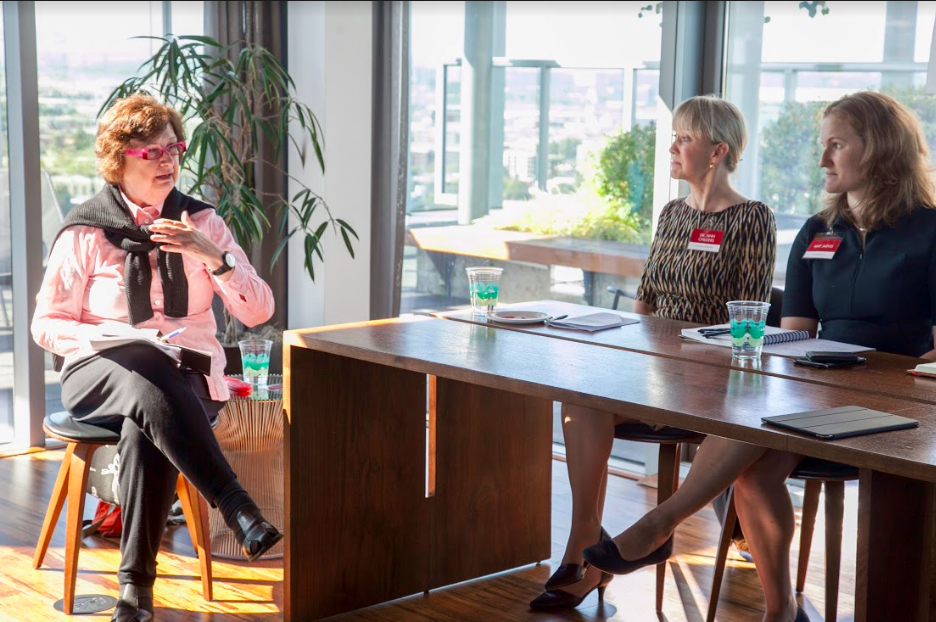
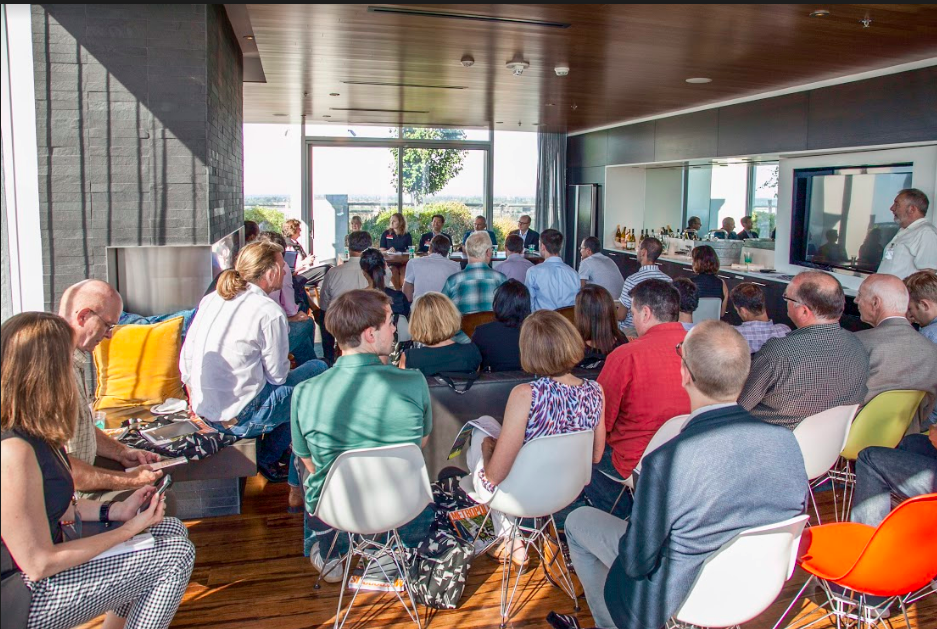
Panelists:
Dr. Ann Childers, psychiatric physician, Life Balance Northwest
Amy Jarvis, associate, sustainable design analyst, ZGF Architects LLP
Charles Kelley, principal, ZGF Architects LLP
Brad Malsin, principal, Beam Development
Mitsu Yamazaki, international business development officer, Portland Development Commission
Moderator:
Susan S. Szenasy is Publisher/Editor in Chief of Metropolis
The Metropolis Think Tank series is presented in partnership with DuPont Surfaces, Sunbrella, and USGBC.





